Discrimination Intersection
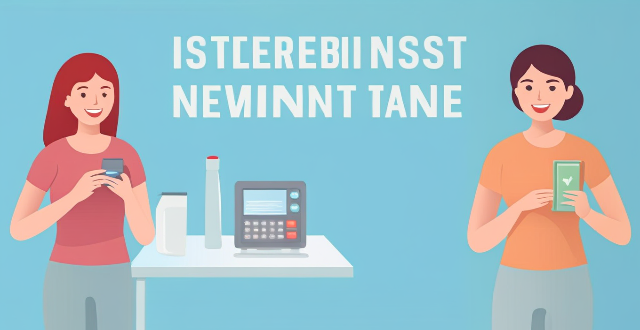
Can you explain the concept of intersectionality as it relates to women's rights ?
Intersectionality is a term used to describe the interconnectedness of various forms of oppression and discrimination, including race, gender, sexuality, class, ability, and other factors. It recognizes that individuals can experience multiple forms of discrimination simultaneously, and acknowledges that not all women have the same experiences or face the same challenges. Intersectionality advocates for an approach that takes into account all aspects of a person's identity and experiences, recognizing and addressing the ways in which different forms of discrimination overlap and intersect. This concept is important for understanding and addressing women's rights because it recognizes the diversity of women's experiences and the need for a nuanced approach to advocacy and policy-making.
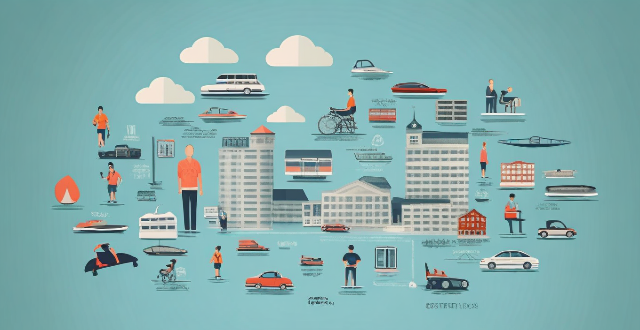
Has religion ever been used to justify discrimination in sports ?
Religion has been used to justify discrimination in sports, including apartheid in South Africa, Islamic veiling and swimming, and caste-based discrimination in India. Contemporary issues include Sikh turbans and safety regulations, and Jewish holidays and scheduling conflicts. Addressing these issues requires a balance between respect for religious freedom and principles of equality and fairness in sports.

How can multicultural education help reduce racial and ethnic discrimination ?
Multicultural education is crucial in combating racial and ethnic discrimination. It fosters cultural awareness, intercultural competence, challenges biases, promotes social justice, builds inclusive communities, and prepares global citizens. By doing so, it helps reduce discrimination and creates a more equitable and harmonious society.
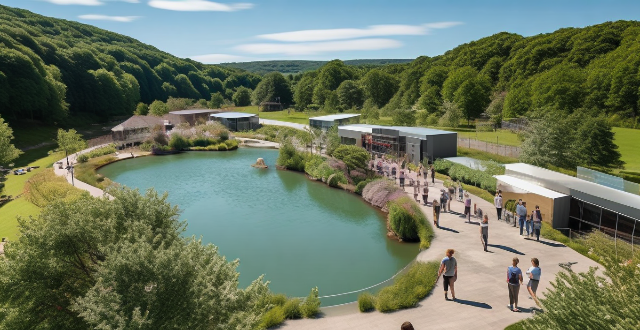
How can women protect themselves from gender-based discrimination and harassment ?
Gender-based discrimination and harassment are pervasive issues that women face in various settings, including the workplace, education, and public spaces. To protect themselves, women can take several proactive steps to ensure their safety and well-being, including educating themselves about their rights and forms of harassment, creating a supportive network, taking preventive measures, reporting incidents promptly, seeking legal advice and counseling services when needed, and advocating for change by raising awareness and participating in policy making. By employing these strategies, women can better protect themselves from gender-based discrimination and harassment while also contributing to a broader cultural shift towards equality and respect.

What legal resources are available for women who face discrimination or abuse ?
This text provides a summary of legal resources available to women who are facing discrimination or abuse. It outlines various government agencies that enforce laws related to gender-based discrimination and violence, non-governmental organizations that offer support and information, legal aid organizations that provide free or low-cost legal services, and online resources that offer legal information and self-help guides. The text emphasizes the importance of seeking help from these sources if one is experiencing any form of mistreatment or inequality based on their gender.
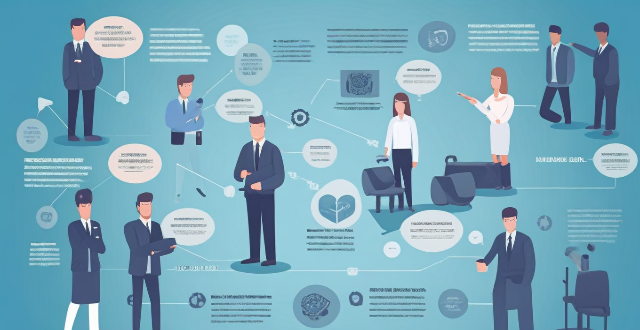
How can sports organizations work to address issues of discrimination and exclusion within their own communities ?
Strategies for sports organizations to address discrimination and exclusion include creating diverse leadership teams, implementing anti-discrimination policies, promoting inclusive language and culture, fostering open communication, educating members about inclusivity, and collaborating with other organizations.

What are the long-term effects of ignoring the intersection between climate change and poverty ?
The article discusses the long-term effects of ignoring the intersection between climate change and poverty, including environmental consequences such as deforestation and soil degradation, social consequences such as food insecurity and health risks, and economic consequences such as reduced economic growth and increased migration. It emphasizes the importance of addressing this issue to achieve sustainable development goals and create a more equitable and resilient future for all.
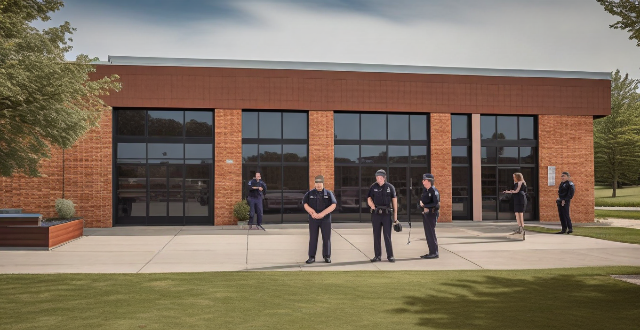
How do inclusive policies benefit society as a whole ?
Inclusive policies are designed to promote equality, fairness, and social cohesion by eliminating barriers and discrimination. These policies benefit society as a whole by ensuring equal access to resources, services, and opportunities for all individuals regardless of their background, abilities, or circumstances. In addition to promoting equality and fairness, inclusive policies also enhance social cohesion by fostering a sense of belonging and mutual respect among different groups within society. This leads to reduced discrimination, increased tolerance, and strengthened community bonds. Inclusive policies also have positive economic outcomes by expanding the talent pool, reducing poverty, and stimulating consumer spending. Furthermore, these policies foster innovation and creativity by providing diverse perspectives, encouraging risk-taking, and promoting collaboration. Finally, inclusive policies can enhance a country's global competitiveness by attracting talent, improving international relations, and driving economic growth.
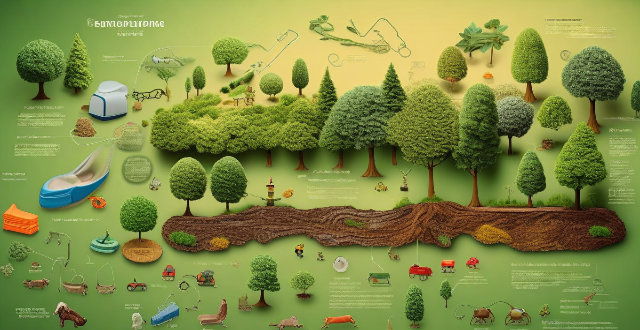
How does climate justice relate to environmental racism ?
This text discusses the interconnected reality of climate justice and environmental racism. It defines both terms, outlines their intersection in terms of historical and structural inequities, disproportionate impacts, mitigation and adaptation inequities, and exclusion from decision-making processes. It then proposes solutions to address this intersection, including promoting participatory democracy, equitable allocation of resources, enforcing environmental justice legislation, and building resilience through education and capacity building. Overall, it emphasizes the need for a more equitable approach to environmental protection and climate action that recognizes and challenges the root causes and impacts of environmental racism within the broader context of climate justice.

How do climate policies intersect with other environmental initiatives, such as biodiversity conservation ?
The text discusses the intersection of climate policies and biodiversity conservation, highlighting the importance of integrating these initiatives for a sustainable future. It emphasizes reducing greenhouse gas emissions, protecting ecosystems, promoting sustainable land use practices, encouraging collaboration, and integrating climate change into biodiversity conservation strategies as key points of intersection. The benefits of integration include enhanced ecosystem resilience, improved carbon sequestration, increased public awareness, more efficient use of resources, and greater policy coherence.
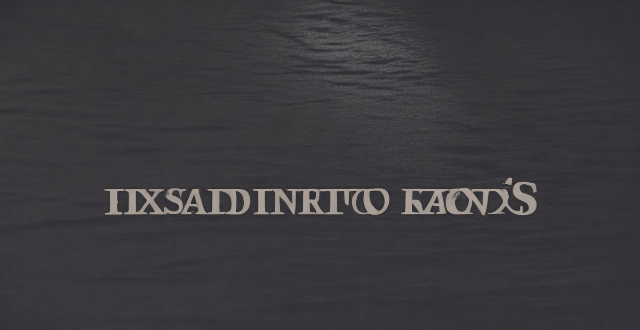
In what ways do indigenous communities' rights intersect with climate ethics ?
The text discusses the intersection of indigenous communities' rights and climate ethics, emphasizing the disproportionate impact of climate change on these communities due to their reliance on natural resources and traditional practices. The analysis outlines key points related to land rights, cultural heritage, participatory rights, environmental justice, and responsibility for losses. It argues that recognizing and supporting indigenous rights is crucial for promoting sustainable development and environmental justice, as well as being a moral imperative for effective climate action.
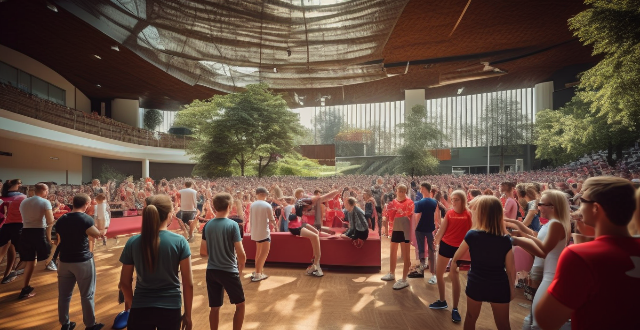
How do sports and religious beliefs intersect ?
The intersection of sports and religious beliefs is multifaceted, touching upon aspects of culture, morality, community, and ethics. Sports events often begin with prayers or invocations, seeking divine guidance or protection. Athletes may engage in private prayer or meditation before games to calm their nerves and focus their minds. Some athletes attribute their success to their faith and openly share their religious beliefs during interviews or on social media. Religious teachings often emphasize honesty and integrity, which translate to advocating against doping and cheating in sports. In cases of disputes or conflicts within sports teams, religious beliefs can guide approaches to reconciliation and forgiveness. Whether it's through rituals, values, personal expressions of faith, community building, or ethical considerations, sports offer a unique platform for religious beliefs to be lived out loud.

What is the relationship between ecological protection areas and traditional knowledge and practices ?
Ecological protection areas and traditional knowledge and practices are interconnected, with the latter serving as a vital resource for conservation efforts. These areas often contain valuable traditional knowledge developed by indigenous communities, which can aid in their effective management. Traditional knowledge encompasses agricultural practices, medicinal plants, sustainable hunting and fishing techniques, and land management methods. Ecological protection areas aim to preserve biodiversity and ecosystem services through legal means like national parks and nature reserves. The intersection of these two realms offers benefits for both conservation and cultural preservation, encourages community engagement, and creates economic opportunities through ecotourism. Integrating traditional knowledge into conservation strategies can lead to more effective and culturally sensitive management of ecological protection areas while preserving the cultural heritage of indigenous peoples.

What are some successful examples of legislation that have improved women's rights ?
The text discusses various successful legislations that have improved women's rights over the years. These include granting women the right to vote, prohibiting gender-based wage discrimination, protecting pregnant women in the workplace, providing funding for services for victims of domestic violence, improving women's health care access and coverage, protecting pregnant workers from dismissal or reduced pay during their pregnancy and after childbirth, and eliminating discrimination against women in all areas of life.

What is the relationship between sports and creativity in literature ?
In literature, sports and creativity often intertwine to enrich storytelling. Sports provide a backdrop for character development, narrative structure, and themes that mirror life's struggles. Creative writers use literary devices and unique perspectives to enhance the portrayal of sports, offering emotional connectivity with readers. Examples like "Ender's Game," "Farewell to Arms," and "Personal Best" demonstrate how sports can serve as metaphors and settings for deeper explorations of human nature and society. This intersection allows authors to craft works that resonate on multiple levels, transcending genre boundaries.
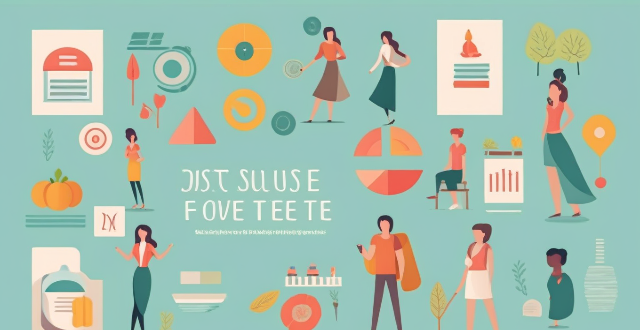
What are the legal rights of women in the workplace ?
This text discusses the legal rights of women in the workplace. It outlines five key areas: equal pay, anti-discrimination, pregnancy leave, harassment and bullying, and parental leave. The text explains that women have the right to receive equal pay for equal work, be protected from discrimination in hiring, promotion, and termination, take pregnancy and parental leave without losing their job or facing negative consequences, and work in an environment free from sexual harassment, bullying, and other forms of gender-based misconduct. The text concludes by emphasizing the importance of these rights in ensuring that women can work in a safe and supportive environment where they are treated fairly and with respect.
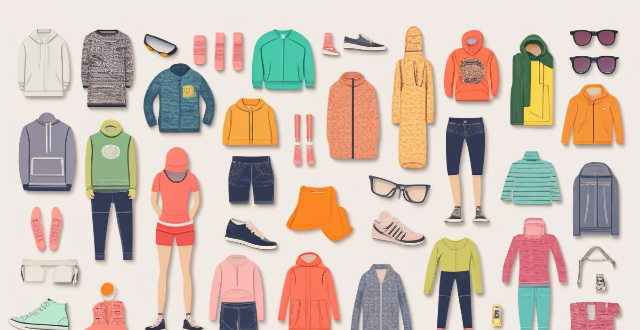
How does sports culture influence fashion trends and consumer behavior ?
The intersection of sports culture and fashion trends is a dynamic relationship that significantly influences consumer behavior. As lifestyles become more active and health-conscious, the impact of sports culture on fashion choices extends beyond athleticwear to high fashion and streetwear. Athleisure, collaborations between sports and luxury brands, and the influence of sports icons have redefined what's considered stylish and desirable. Consumers increasingly prioritize comfort, functionality, and sustainability in their clothing choices, reflecting a shift towards durable, high-quality sports apparel over disposable fast fashion items. The rise of fitness influencers on social media platforms further drives this trend, shaping public perception of workout gear. Overall, the sports-fashion nexus is expected to continue growing, reflecting societal values of health and wellness.
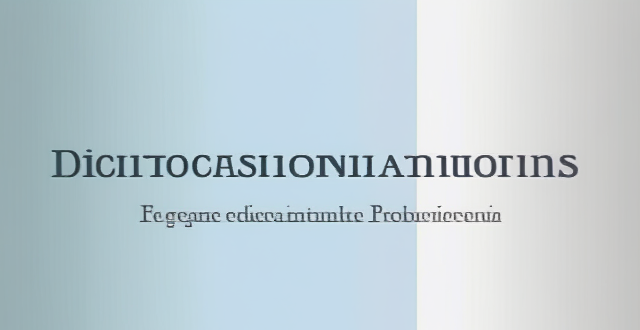
Are there any international laws that protect the rights of women ?
The text discusses international laws and conventions established to protect and promote women's rights, including the Convention on the Elimination of All Forms of Discrimination Against Women (CEDAW), the Inter-American Convention on the Prevention, Punishment and Eradication of Violence Against Women, the Maputo Plan of Action, the European Convention on Human Rights (ECHR), and the Beijing Declaration and Platform for Action. These legal frameworks aim to address issues such as discrimination, violence, gender equality, health care, education, and economic resources. The effectiveness of these laws often depends on national governments' commitment to implementing and enforcing them.
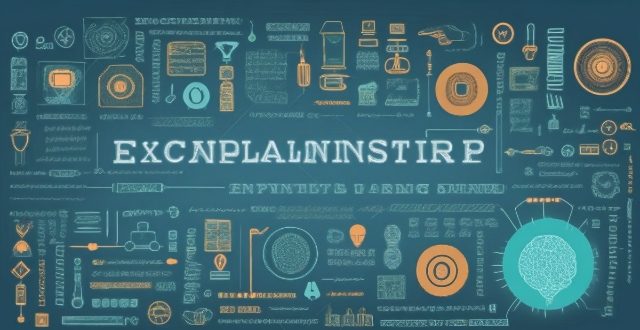
How does academic integrity relate to the concept of intellectual property ?
The text explores the relationship between academic integrity and intellectual property. It defines academic integrity as the core values of scholarly work, including honesty, trust, fairness, respect, and responsibility, which are essential in research, teaching, and publishing. Intellectual property, on the other hand, refers to legal protections that give creators exclusive control over the use of their creations of the mind. The intersection of these two concepts is discussed in terms of respect for original work, protection of ideas, promotion of innovation, and ethical considerations. Both academic integrity and intellectual property laws stress the importance of respecting original work and protecting ideas. They also promote open access and sharing of knowledge while ensuring responsible conduct of research. The text concludes that upholding academic integrity contributes to a robust system of intellectual property that benefits society as a whole.
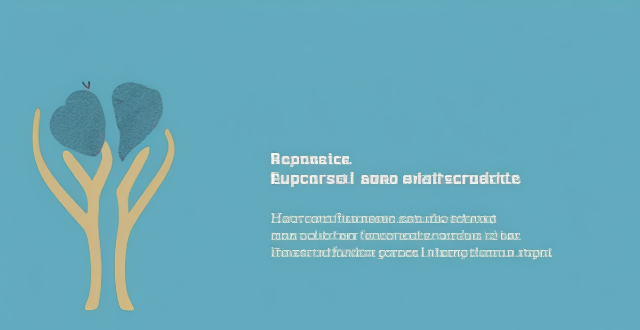
What is the relationship between exercise physiology and nutrition for athletes ?
The article discusses how exercise physiology and nutrition are interconnected for athletes, with each influencing the other. It defines exercise physiology as the scientific study of how the body functions during physical activity, covering areas like energy systems, muscle function, cardiovascular responses, respiratory functions, and thermoregulation. Nutrition for athletes involves strategic eating plans to enhance performance, aid recovery, and maintain overall health, focusing on macronutrients, micronutrients, hydration, and timing of intake. The intersection of these two aspects includes fueling performance, recovery and repair, hydration and thermoregulation, energy balance, supplementation, and dietary needs variation. A comprehensive understanding of both exercise physiology and nutrition is crucial for athletes to achieve peak performance.
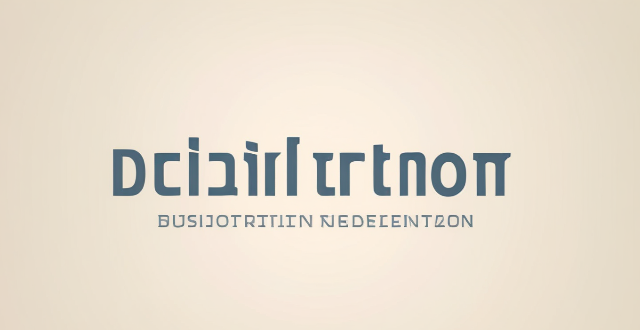
What is the relationship between climate change and gender-based violence ?
The text discusses the correlation between climate change and gender-based violence, emphasizing that they intersect in several ways. It mentions how climate change exacerbates social inequalities, making women more vulnerable to gender-based violence, such as sexual assault and harassment during displacement and overcrowding caused by natural disasters. It also points out the economic impact on women who manage household resources during scarcity, potentially leading to domestic violence due to increased stress and tension. The text further highlights how climate change can reinforce harmful gender norms, affecting men's ability to provide for their families and leading to frustration and aggression towards women. It also notes the impact of climate change on women's access to justice, as legal institutions may be disrupted or overwhelmed by climate-related disasters, making it difficult for women to report incidents of gender-based violence or seek legal recourse. Lastly, it mentions the negative impact of climate change on mental health, which can increase the risk of gender-based violence. The text concludes by emphasizing the need for a comprehensive approach to address both problems, taking into account their intersection and differential impact on various populations, to create a more equitable and just world.
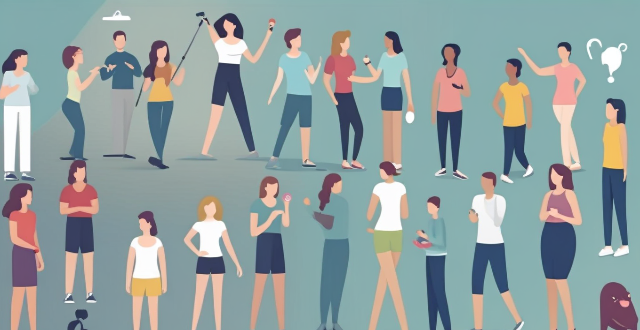
How do gender biases affect coaching and leadership positions within sports teams and organizations ?
Gender biases in sports coaching and leadership positions manifest as discrimination against women, stereotyping of female coaches, and limited opportunities for women. These issues can be addressed by implementing diversity policies, providing mentorship programs, encouraging cultural change, and promoting transparency and accountability within sports organizations.
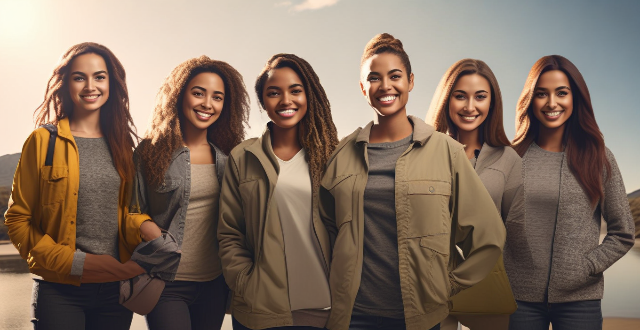
What are some common challenges faced by women in the workplace, and how can they be addressed ?
The article discusses common challenges faced by women in the workplace, including gender bias, work-life balance issues, harassment and discrimination, and lack of mentorship and networking opportunities. Solutions to these challenges are also provided, such as addressing gender bias through pay equity analyses and blind hiring processes, promoting work-life balance with flexible work arrangements and parental leave policies, creating a safe and respectful workplace through clear policies and training on harassment prevention, and providing mentorship and networking opportunities through mentorship programs and leadership development programs. The article concludes that addressing these challenges requires a concerted effort from both individuals and organizations to create a more equitable and supportive environment for women in the workforce.

What are the challenges to achieving educational equity ?
Educational equity is a critical issue in modern society, but achieving this goal is not without its challenges. Some of the major obstacles that hinder the progress towards educational equity include limited resources, socioeconomic disparities, systemic racism and discrimination, and lack of parental involvement. It is essential for policymakers, educators, and communities to work together to develop strategies that promote equal access to quality education for all students.

What are some examples of successful initiatives that use sports to promote social inclusion ?
This text discusses successful initiatives that use sports to promote social inclusion. It highlights five examples of such initiatives: Street Football World, Homeless World Cup, Wheelchair Basketball Initiatives, Sporting Equals, and Gender Equality in Sports Programs. These initiatives aim to unite people through football, inspire homeless people, promote disability inclusion, challenge discrimination in British Asian communities, and encourage women's participation in various sports, respectively. The activities include global tournaments for marginalized communities, international tournaments for homeless teams, local wheelchair basketball leagues, community cricket events, and women's sports leagues. The impact of these initiatives is significant, with increased public awareness about homelessness, personal transformation stories of participants, improved physical fitness and self-esteem among disabled individuals, reduced instances of racism and discrimination in sport, and higher visibility and recognition of women in sports.

What impact do inclusive policies have on minority groups and marginalized communities ?
Inclusive policies have a significant impact on minority groups and marginalized communities, promoting equality, diversity, and fairness in society. These policies improve access to education and employment opportunities, increase representation in government and decision-making processes, reduce discrimination and harassment, and improve health outcomes for these communities. Overall, inclusive policies help ensure that all individuals have equal opportunities to participate in all aspects of life.
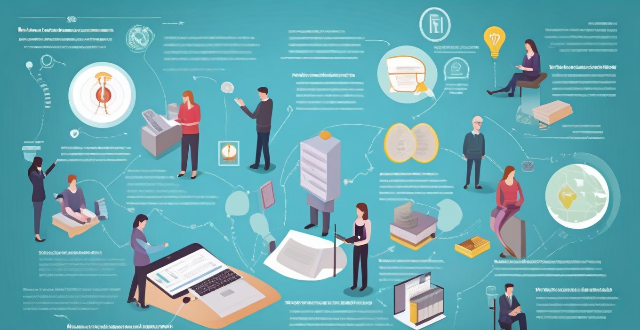
How can we address the intersectionality of climate change and gender inequality ?
Addressing the intersectionality of climate change and gender inequality requires a comprehensive approach that considers both environmental and social dimensions. Key points include recognizing the intersectionality, including women in decision-making processes, promoting gender-sensitive climate policies, supporting women's access to education and empowerment, ensuring access to sustainable energy and resources, addressing gender-based violence, and fostering collaboration and partnerships. By taking these steps, we can work towards a more equitable and sustainable future for all.
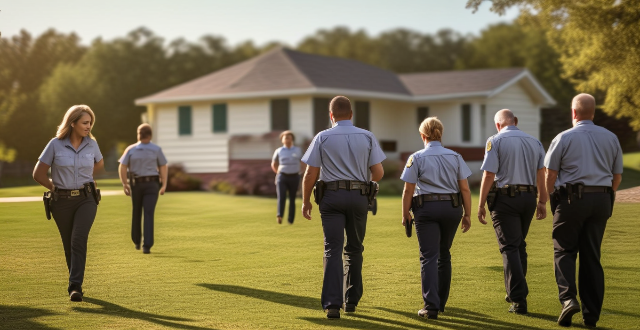
What is the relationship between immigration policies and human rights issues ?
Immigration policies significantly impact human rights issues by determining who is allowed to enter a country and under what conditions. Key areas of concern include protection of refugees and asylum seekers, family reunification, labor rights, and non-discrimination. Policies should ensure the safety and well-being of refugees, facilitate family reunions without undue delay, protect migrant workers from exploitation, and promote equality in access to education, healthcare, and social services. Countries must uphold these principles to ensure fair and just treatment for all individuals, regardless of their immigration status.